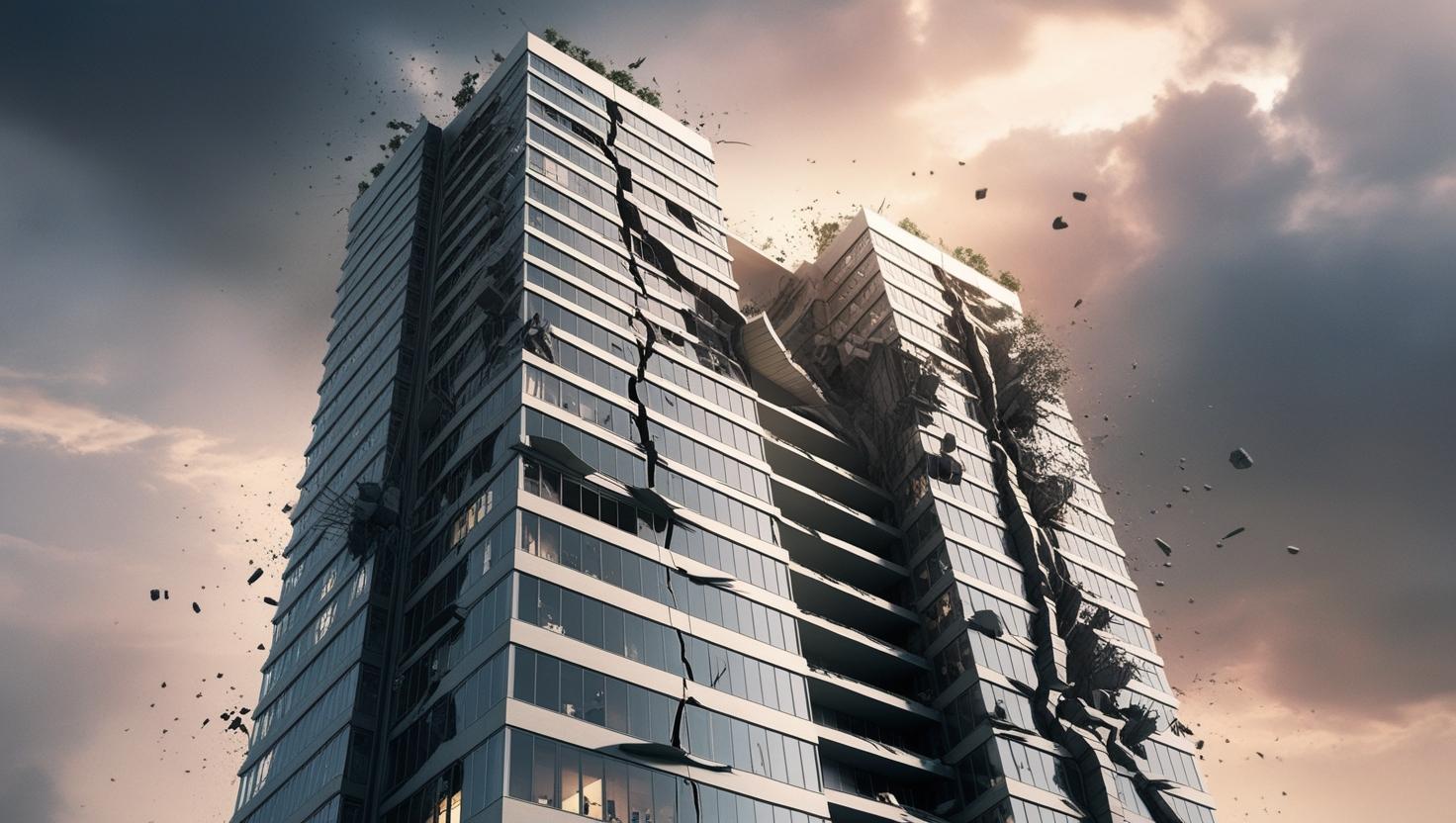Staying Safe Indoors: Your Earthquake Preparedness Guide

Before an Earthquake: Proactive Measures
Secure Your Surroundings:
Anchor heavy furniture like bookcases, cabinets, and televisions to walls. This prevents them from toppling over and causing serious injury.
Store heavy objects on lower shelves.
Fasten light fixtures securely.
Install latches on cabinets and drawers to keep them from flying open during shaking.
Know where your gas shut-off valve is and how to turn it off.
Create an Emergency Plan:
Designate safe spots in each room, such as under sturdy tables or desks.
Practice "drop, cover, and hold on" drills with your family or housemates.
Establish a communication plan. Decide on an out-of-state contact person for everyone to check in with.
Prepare an emergency kit with essentials like water, non-perishable food, a first-aid kit, a flashlight, and a battery-powered radio.
Reinforce Your Home:
If possible, have your home inspected for earthquake resistance.
Consider reinforcing weak points like unreinforced masonry walls or cripple walls.
During an Earthquake: Immediate Actions
Drop, Cover, and Hold On:
The most crucial action is to drop to your hands and knees.
Cover your head and neck with your arms.
If possible, crawl under a sturdy table or desk and hold on until the shaking stops.
If there's no sturdy furniture nearby, move to an interior wall and protect your head and neck.
Stay Away From Hazards:
Avoid windows, glass, and anything that could fall.
Stay inside until the shaking stops. Do not run outside.
If you're in bed, stay there and protect your head with a pillow.
Do not use elevators.
In Specific Locations:
Kitchen: Move away from appliances and falling objects.
Bathroom: Get away from mirrors and glass.
Office: Get under a desk, and stay away from filing cabinets.
After an Earthquake: Post-Shaking Safety
Assess the Situation:
Check yourself and others for injuries.
Look for and extinguish small fires.
If you smell gas, evacuate immediately and notify authorities.
Be Prepared for Aftershocks:
Aftershocks can occur minutes, hours, or even days after the main earthquake.
Continue to follow safety precautions.
Evacuate if Necessary:
If your building is damaged, evacuate carefully and follow emergency instructions.
Use stairs, not elevators.
Be aware of fallen power lines and debris.
Stay Informed:
Listen to a battery-powered radio or check reliable online sources for updates and instructions.
Being prepared for an earthquake while indoors can significantly increase your chances of survival and minimize injuries. By taking proactive measures, knowing what to do during the shaking, and understanding post-earthquake safety, you can protect yourself and your loved ones. Stay informed, stay prepared, and stay safe

 Boss Jame ฝ่ายกองรถ
Boss Jame ฝ่ายกองรถ

 BS&DC SAI5
BS&DC SAI5


 BANKKUNG
BANKKUNG